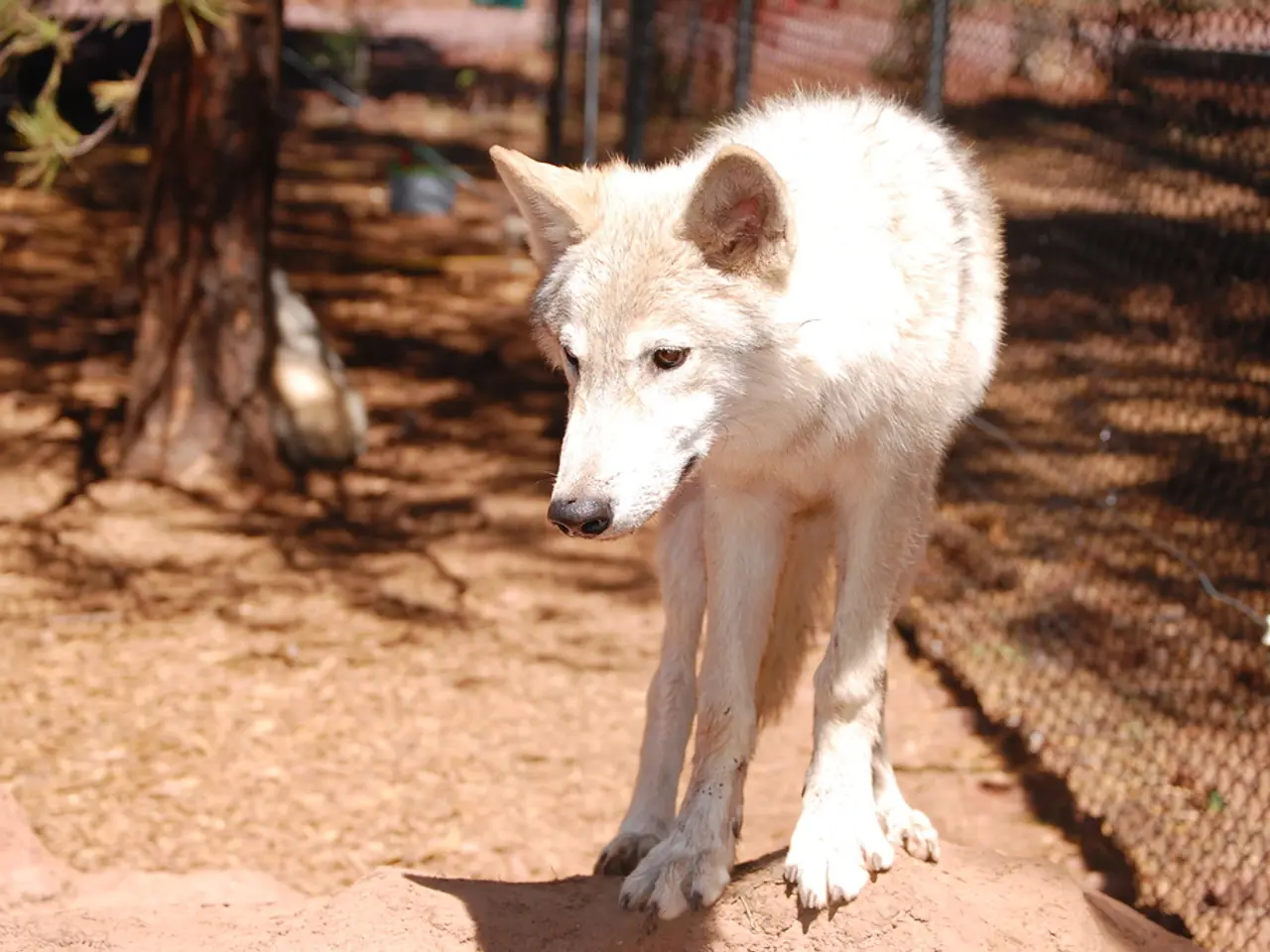Unveiling the Potential Risks of Invisible Dog Fences
Invisible dog fences have become a popular choice for pet owners seeking a flexible and aesthetically pleasing solution for their furry friends. These fences offer several benefits compared to traditional fences, but they also come with certain risks and limitations.
The Risks and Challenges
Invisible dog fences work by emitting a mild static stimulus when a dog approaches the boundary. While this stimulus is designed to be safe and not painful, there have been reports of collar malfunctions causing dogs to be shocked continuously for hours, which can lead to serious psychological and physical harm.
Moreover, electric fences do not physically keep out other animals or people, and dogs may still be at risk from external threats. In emergencies, such as fires, dogs may be trapped in the yard if the electric boundary is active and the dog is trained to avoid crossing it.
Some dogs may also experience stress or anxiety related to the system, especially if the training isn't done properly. In such cases, careful introduction or alternate containment methods may be necessary.
The Benefits and Advantages
One of the main advantages of invisible dog fences is that they avoid common problems with physical fences such as digging under, jumping over, or chewing through barriers. They also preserve the aesthetics of your yard since there are no large physical barriers obstructing the view.
Installation is often easier and less expensive than traditional fences, with wireless models being portable and ideal for varied terrain, and wired systems being customizable precisely to garden shape and size. Maintenance tends to be simple and less costly, especially for wireless versions that do not require wires or posts.
An invisible fence can reduce supervision needs and protect dogs from running into roads or neighbors' yards, improving safety without constant fencing repair or replacement.
Considerations and Choices
When considering an invisible dog fence, it's crucial to weigh the potential risks against the benefits. The right choice is the one that keeps the dog safe, confident, and able to enjoy the yard without stress.
For instance, puppies may not be suitable for invisible dog fences until veterinary clearance (around six months). Also, some fencing materials may not be allowed for construction, depending on the area.
Begin with the dog's welfare when considering an invisible dog fence. Invisible fences can create fear, frustration, or dangerous run-through behavior if used as a shortcut. They can also contribute to aggression in dogs when they link discomfort with people or animals near the boundary.
In summary, invisible dog fences offer a flexible, cost-effective alternative to traditional physical fences, reducing escape risks and preserving yard aesthetics. When well-maintained and combined with proper training, they are safe for dogs and humans. However, potential collar malfunctions and behavioral stress are risks, and invisible fences do not prevent intrusion by other animals or people. Owners should weigh these factors and consider their dog’s temperament and safety needs before choosing a system.
- In the realm of pet-oriented AI, AI-powered training programs could potentially alleviate the stress and anxiety some dogs experience with invisible dog fences by providing a gradual and positive learning process.
- A home-and-garden blog post that discusses various SEO-optimized lifestyle topics might include a comparative review of invisible dog fences versus traditional fences, considering factors like maintenance, cost-effectiveness, and aesthetic appeal.
- To ensure a harmonious coexistence between pets, humans, and the WordPress environment, it's essential to properly configure web accessibility features for blog posts and pages that discuss products or services related to pets, such as invisible dog fences, to make them navigable and understandable for all users.




